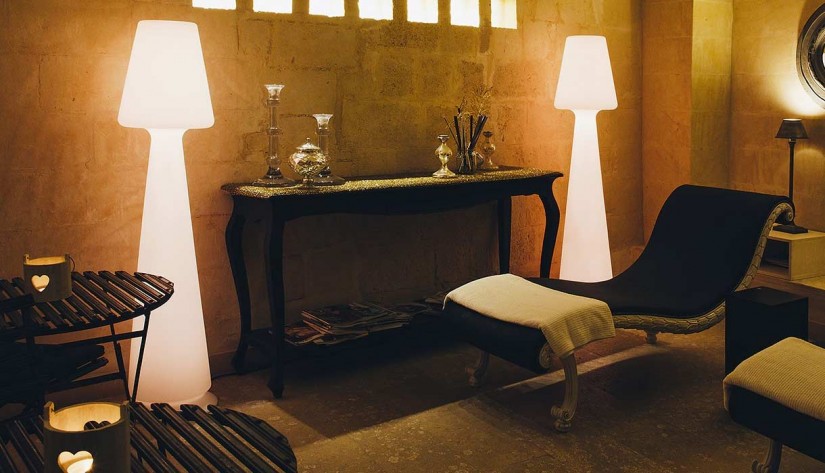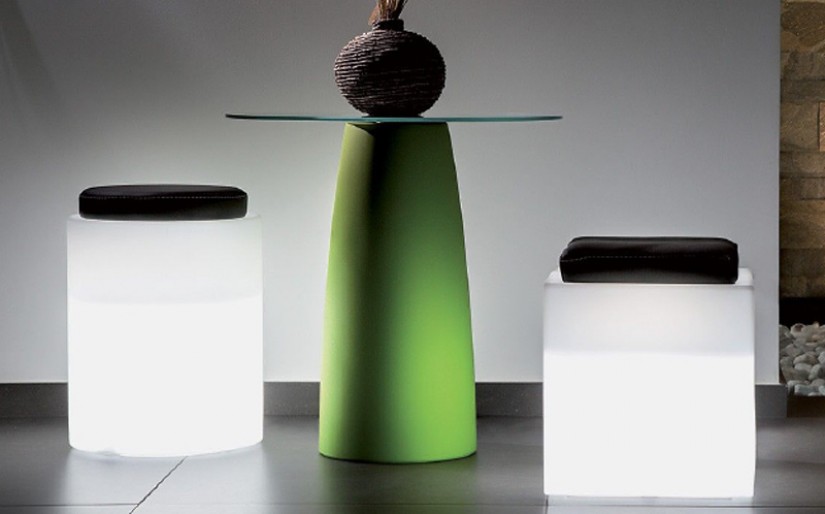Lighting is one of the most important elements of the furnishing of a house. In fact, choosing the proper light, can be the most effective way to give your home the touch that you want: modern and elegant, or warm and cozy.
In fact, the light is much more than a detail. It allows you to enhance furniture, surfaces, and the characteristics of the space and volume. The following five tips will help you to use the light to decorate your home with taste and style, like a true interior designer, even if the lighting system has already been installed.
1. MAKE A DETAILED PROJECT PLAN
The first thing to do is to imagine the final result of your lit room. Then sit back and, with pen and paper, draw a sketch of how you plan to achieve it. While you focus on the elements that you want to emphasize, keep in mind where you can find the sockets and were will have the extension cords to run.
For example, to enhance a masonry arch, imagine a light source on the floor at the base of the vault. Or, to make a living room cozier, highlight its fundamental elements: the sofa, console, a particularly impressing wall.
2. CHOOSE THE RIGHT TECHNOLOGY
The second step is to choose without hesitation a good quality LED lighting system. In fact, besides ensuring outstanding performances in terms of beauty, uniformity and diffusion of light, LED lights guarantee a considerable energy saving.
Thanks to this technology, you can choose, depending on the characteristics of the rooms, a charming warm, cold, or neutral white. In addition, the LED systems offer you the possibility to choose among infinite shades of color, the most appropriate to highlight some details of the architecture or furnishing of the environment.
3. LESS IS MORE
Both in the design phase and realization, be inspired by essentiality, following one of the most famous principles in design: Less is more, that is better. This philosophy, contrary to abundance and complexity in design solutions, argues that the best result is obtained by searching for simplicity.
Less is more
Ludwig Mies van der Rohe
So, make sure the overall light is not intrusive, combine the various sources in a sober way and choose with care the most important points to be illuminated. Otherwise, give prominence to an angle that you have so far neglected as a niche, a stair or a little pillar.
4. FIND THE PROPER TEMPERATURE
The choice of the so-called color temperature of the white light is one of the most sensitive step of the entire lighting project. For example, the warm white makes classic and traditional-looking rooms cozier, while the cold white is suited for modern environments, with a certain chromatic contrast.
For rooms in which you intend to stay for a long time, it is advisable to use the neutral white, which confers to the environment a natural and relaxing atmosphere.
You must be careful as, counter-intuitively, lower temperatures correspond to warm light bulbs or light bars, while higher ones, to cold light.
5. MATCH THE COLOURS WITH CARE
The colored light requires some other precaution. In fact, firstly the color of the light will merge with that of the items often showing unexpected results. It is also important to consider the interactions between adjacent colors, using complementary combinations.
For example, a red tent illuminated with blue light will appear deep purple, while the most effective way to emphasize it, is illuminating the surrounding walls with green shades.
And, last but not least, keep in mind that when you light up a detail of your home, you highlight every aspect, strengths and weaknesses, creating reflections and shadows. So, don't be hasty, but carefully observe the context in which the element is inserted, leaving nothing to chance and properly integrating the new light points with the artificial and natural overall lighting.


